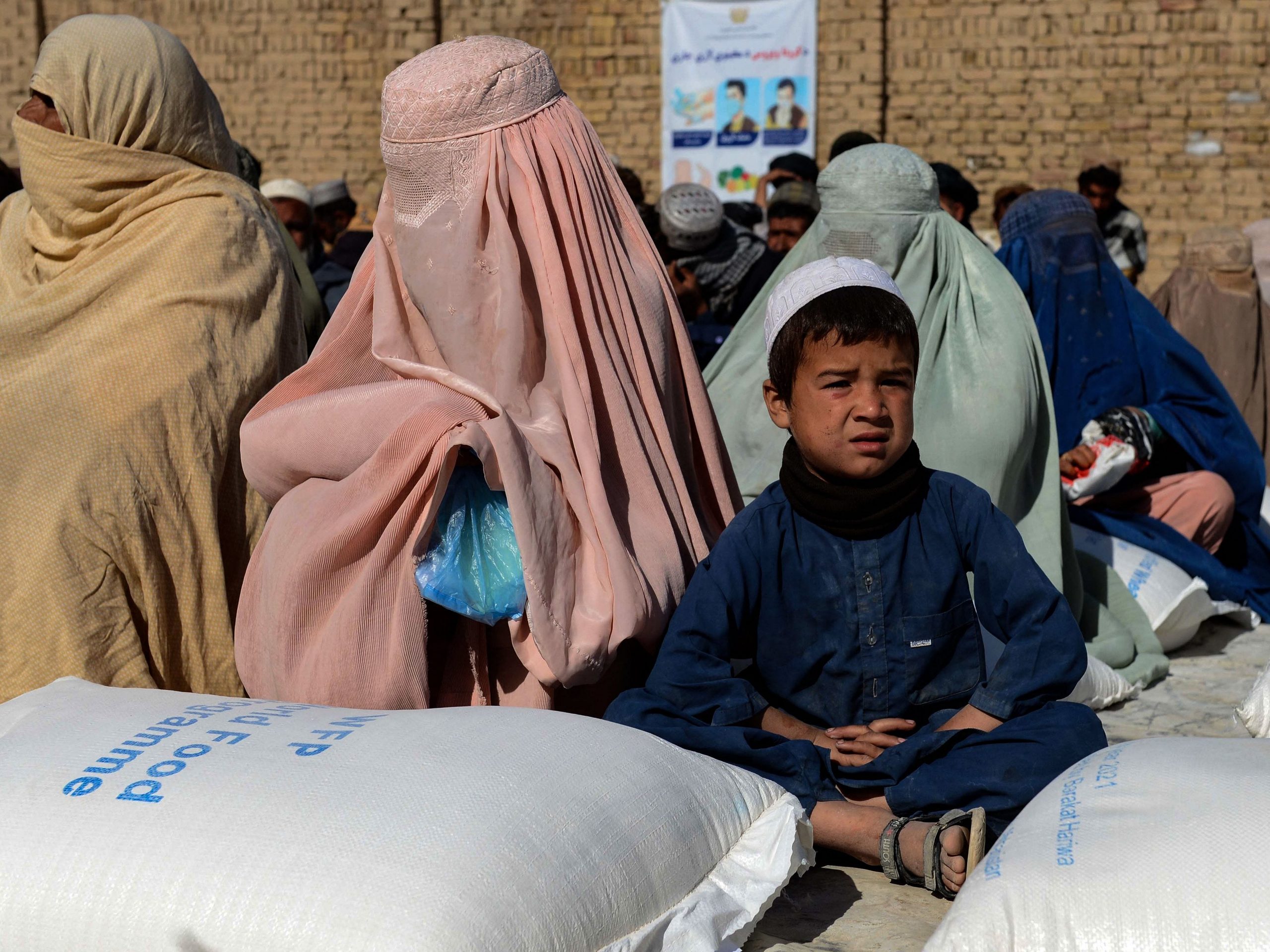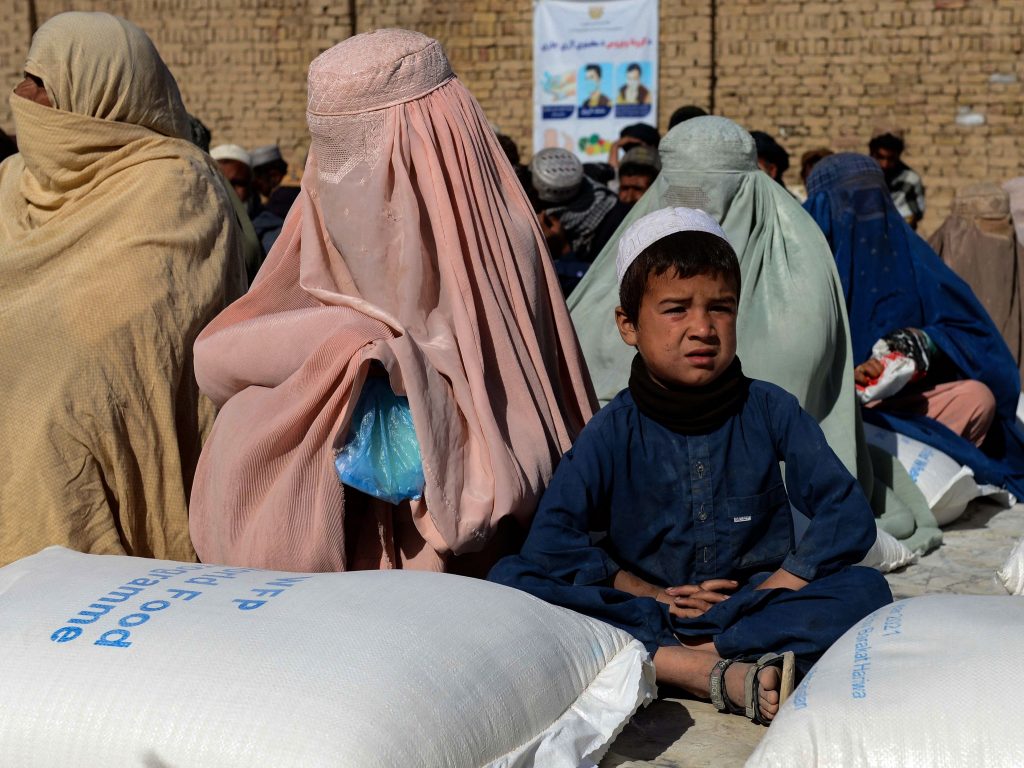
Photo by JAVED TANVEER/AFP via Getty Images
- More than half of Afghanistan's population will have trouble finding food this winter.
- Cold winter months present tremendous food accessibility issues around the country.
- The United Nations said the crisis is a result of security issues, economic collapse, and COVID-19.
A staggering 22.8 million people in Afghanistan – more than half of the country's population – will have trouble finding food this winter, the United Nations said on Monday.
Humanitarian aid officials are highlighting the country's crippling economic crisis amid the Taliban takeover as a main catalyst in the looming food shortage.
"This winter, millions of Afghans will be forced to choose between migration and starvation unless we can step up our life-saving assistance, and unless the economy can be resuscitated," said David Beasley, the executive director of the UN's World Food Programme, in a statement.
"We are on a countdown to catastrophe and if we don't act now, we will have a total disaster on our hands," he added.
Even before the collapse of the Afghan government over the summer, the country was battling the COVID-19 pandemic and severe droughts, according to the World Food Programme.
As the winter months approach, harsh conditions present a massive accessibility challenge for Afghans in desperate need of food, the UN's food assistance agency said.
Recent conflict in the country has also contributed to the worsening humanitarian fallout, the WFP said.
In the wake of the US withdrawal in August, the ruling Taliban has faced a surge in suicide attacks from the Islamic State's Khorasan (ISIS-K) branch, presenting a security challenge for the militant group.
